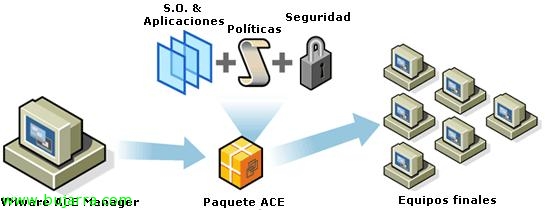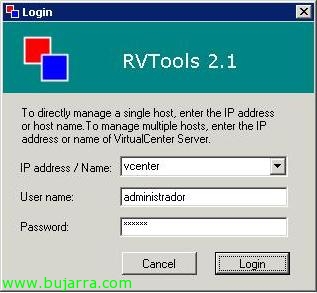Installing VMware Workstation ACE, creating VMs for use with the VMware ACE environment and viewing the policies
Well, once we have the VMware ACE server installed, We can take advantage of it, even if it is not entirely mandatory to have an ACE server, since we can have our virtual machines (Packages/Instances) generated but without a server control. In this document, We show how simple it is, VMware Workstation ACE Edition installation to create these virtual machines, we generate a VM and then we see the directives other possibilities we have about them. Once everything is ok, we could generate the virtual machine packages to install or distribute them, but that is in the following document:HTTP://www.bujarra.com/?p=1908.











































